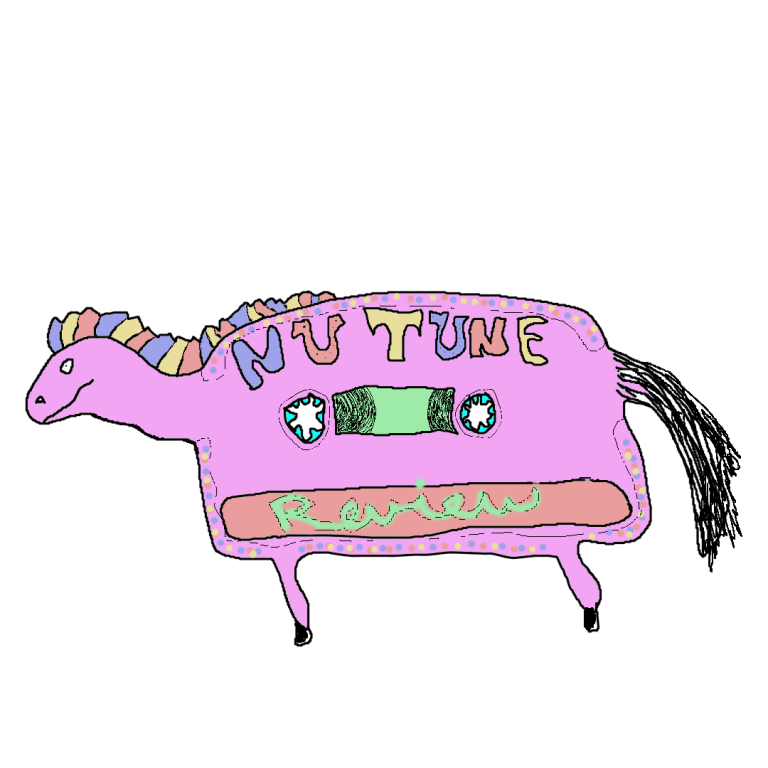Johnny Hollow is a project of Janine White, Kitty Thompson and KW’s own Vincent Marcone. The three-piece band are a darkwave-electronic act with a penchant for exploring macabre themes in their music. On Mar. 17, 2023, they released a bittersweet rendition of the iconic “Goodbye Horses” by Q Lazzarus.
“Goodbye Horses” was featured in the cult film, The Silence of the Lambs, and has since had a controversial association with Buffalo Bill. It’s only fitting that a darkwave band take on the task of exploring such a haunting piece of music and make it their own.
Johnny Hollow’s version of “Goodbye Horses” opens with breathy percussion. The low squall of a cello turns gently in its sleep before the first words are sung.
“He told me, ‘I see you rise.’ / But it always falls,” the voice sings.
The band dissects the peripheral elements of the original song, opting to highlight vocal melodies with instrumentation. Johnny Hollow’s ethereal string section squeaks and distorts a familiar tune through a quivering refrain before the pulse of a weighty backbeat brings us into the iconic pre-chorus. The band pulls back, creating a subdued caricature of the original beat-driven piece.
Instead of having their rendition function as a piece of dance music, they approach the song with musical nuance, hinting at the constituents of what make the original so familiar. As the melody of “Goodbye Horses” reveals itself, it is accented by sleepy vocal hums and growling synthesizers. Johnny Hollow’s haunting, neoclassical motif honors the original song while being unique unto itself.
“Goodbye horses, I’m flying over you,” three voices sing over stabbing keys and plucking strings. A kick drum drives the song forward into a dream-like tizzy, rewarding listeners with a well-timed drop.
Johnny Hollow’s ghostly rendition of “Goodbye Horses” walks the line between vapor-wave and dark electronica. The band pays a great deal of attention to detail, executing their vision with clear direction. As their song stands loyal to Q Lazzarus’s iconic piece, it stands alone as a transmutation of a feared yet celebrated piece of music.
The band’s brilliant command of production techniques acts as a vessel for their complex expression. There are many moving parts to this song, but it is delivered in a manner that allows listeners to enjoy its complexity. It’s difficult to pay homage to such a song without paying homage to its nefarious associations —Johnny Hollow pays homage in a manner that is as unapologetic as the original.

